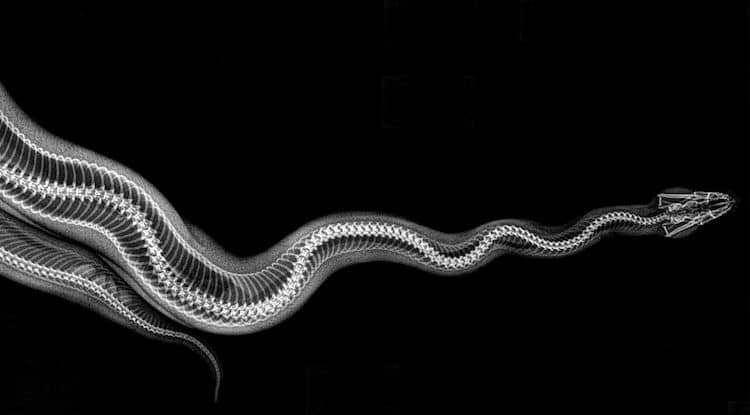
Ball Python
For zookeepers, there's nothing more important than the routine checkups their animals receive—and this often includes x-rays. These images can give useful insight into what's happening under the surface and allow caretakers to intervene in health situations immediately. At the Oregon Zoo, they're lucky enough to have state-of-the-art digital radiology equipment that makes their veterinary care world-class.
Thanks to a donation by the Banfield Pet Hospital in 2009, the zoo owns specialized tools that make x-rays much quicker and allows them to both archive and share the results more efficiently. For the animals, this means less time under anesthesia; and for the zoo's veterinarians, it means a quicker turnaround time for results. While the x-rays are vital to the staff at the zoo, they are also fascinating for anyone who is an animal lover. After all, how often do you get to see the inside of a beaver tail?
Over the past several years, the Oregon Zoo has generously shared some of its incredible x-rays and allowed the public a glimpse of these animals in a new way. From the foot of an Amur tiger to the long legs of a flamingo, it's incredible to see the anatomy of these animals up close.
The zoo, which is located in Portland, is home to over 2,500 animals—including 15 endangered species and seven threatened species. By opening themselves up and sharing their work, they've allowed the public to see the great care they take to ensure the health of each animal living at the zoo.
Check out more incredible animal x-rays from the Oregon Zoo.
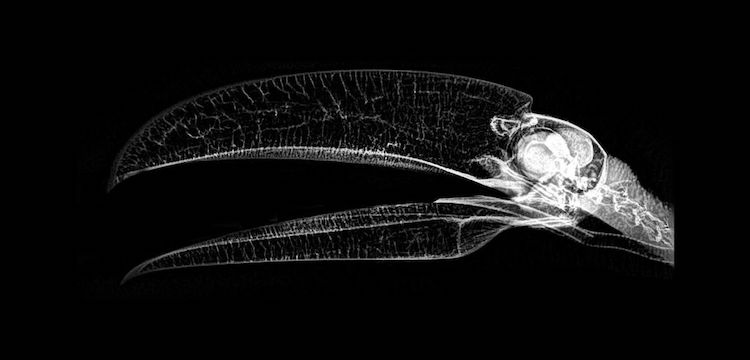
Toco Toucan
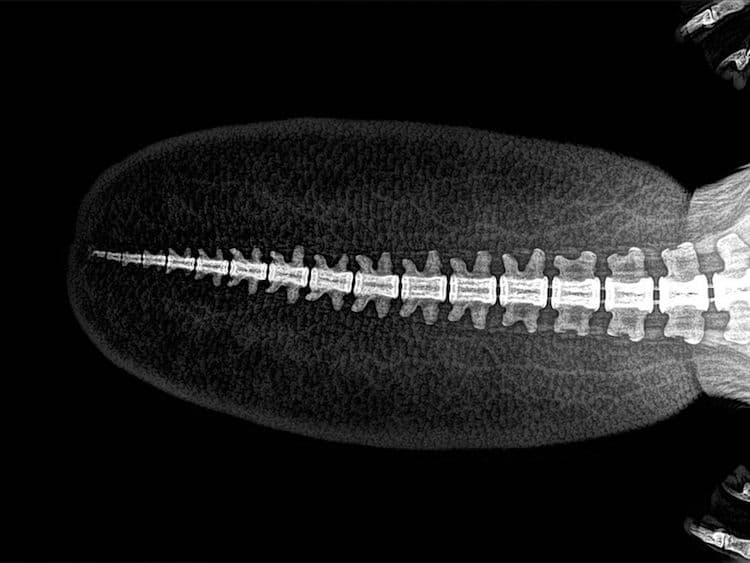
American Beaver

Amur Tiger
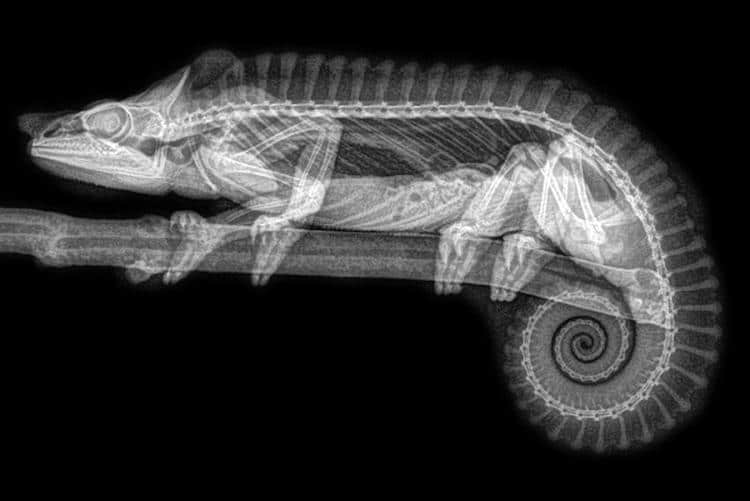
Meller's Chameleon
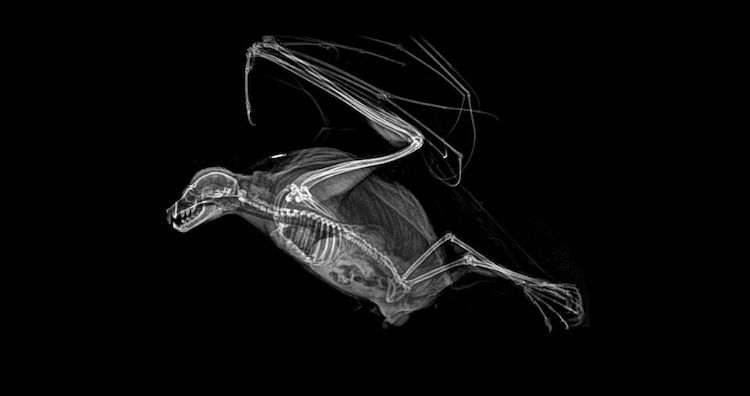
Rodrigues Fruit Bat
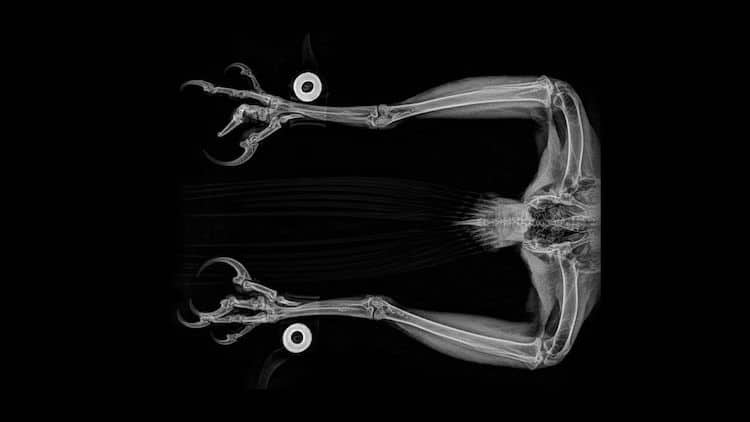
Golden Eagle
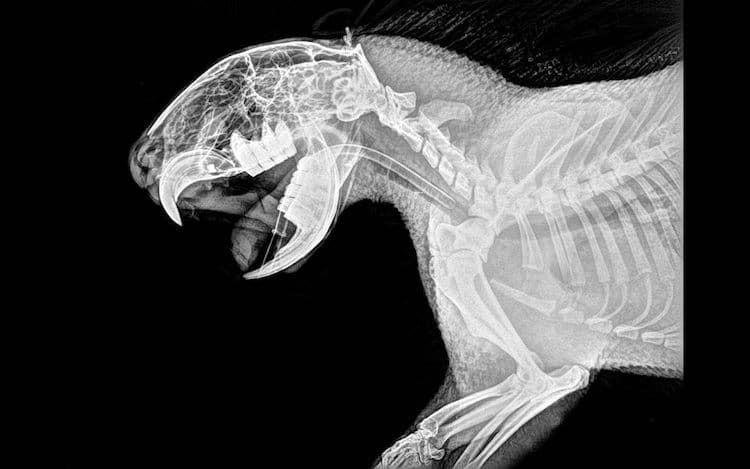
Cape Porcupine
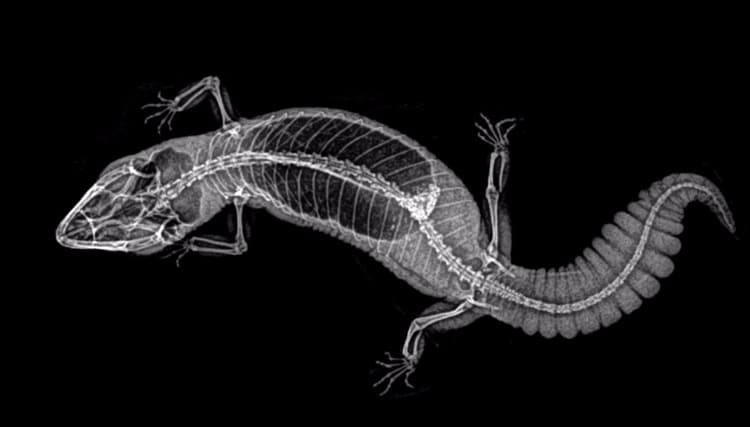
Fat-tailed Gecko

Flamingo
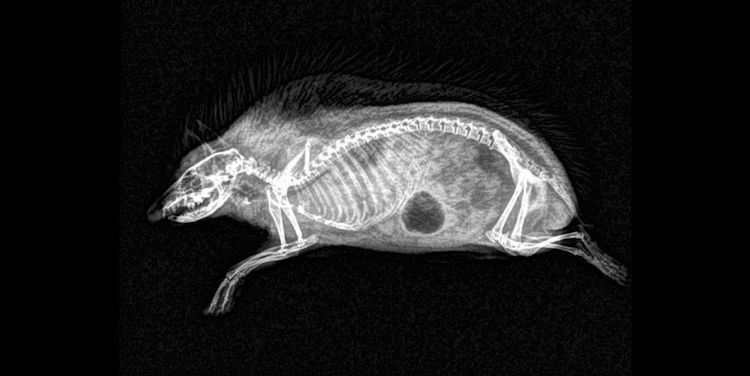
Hedgehog
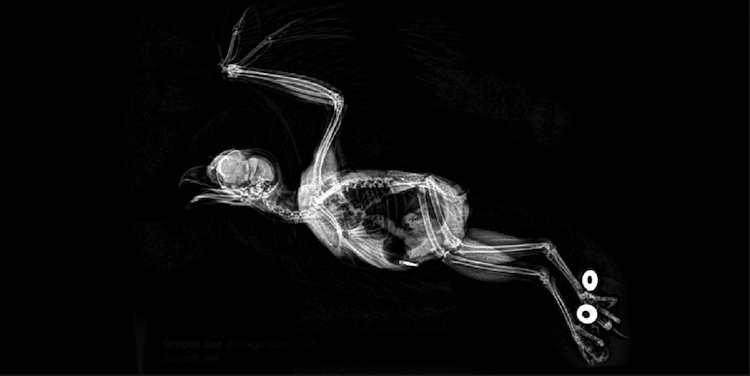
Screech Owl
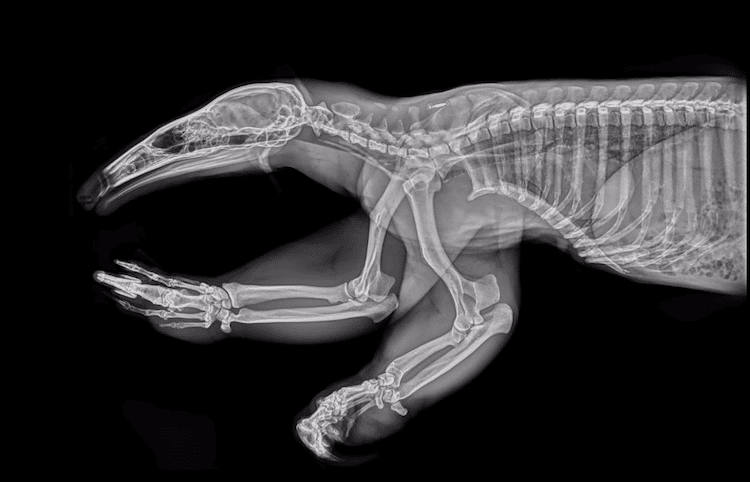
Tamandua
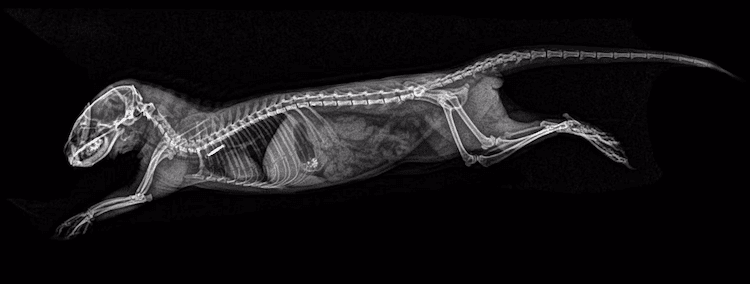
Dwarf Mongoose
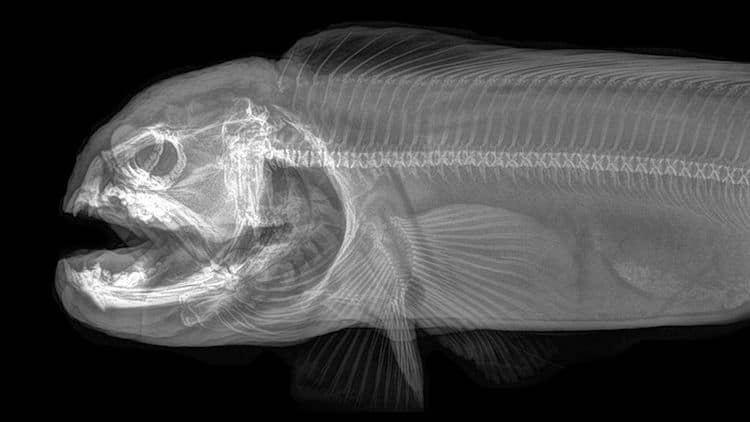
Wolf Eel
Oregon Zoo: Website | Facebook | Twitter
My Modern Met granted permission to feature photos by the Oregon Zoo.
Related Articles:
London Zoo Releases Fascinating X-Rays of Its Animals
12 Incredible X-Rays Reveal How Different Pregnant Animals Look
30 Million-Year-Old Praying Mantis Is Preserved in Pristine Piece of Amber
Buenos Aires Zoo Finally Sets All Animals Free After 140 Years of Captivity






















































































